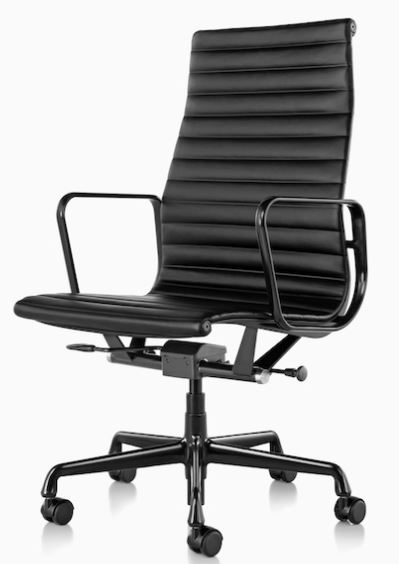French Framework for “Kidfluencers” – Yet Another Undertaking for Online Platforms
Through its Act no.2020-1266 dated 19 October 2020 (the Act), the French legislator elected to regulate the commercial exploitation of the images of children aged 16 and under on online platforms (Kidfluencers).
Despite the potentially lucrative consequences of these emerging practices, Kidfluencers operated in a legal vacuum which could have resulted in parents exploiting their children, without the latter reaping any financial benefits or regaining any control of their images upon coming of age.
Read More
